Find the center (h, k) and the radius r of the circle.x2 + y2 - 4x - 12y + 25 = 0
A. (h, k) = (2, 6), r = 
B. (h, k) = (-2, -6), r = 15
C. (h, k) = (2, 6), r = 15
D. (h, k) = (-2, -6), r = 
Answer: A
You might also like to view...
Find the power of i.i46
A. 1 B. -i C. -1 D. i
Graph the function.f(x) = 3x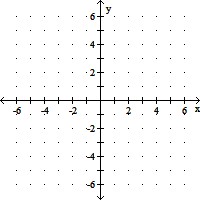
A. 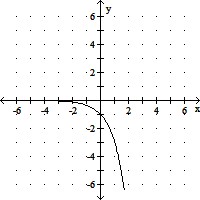
B. 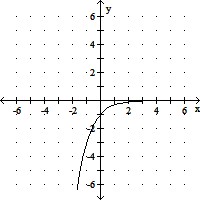
C. 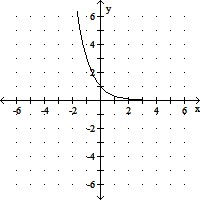
D. 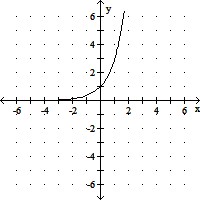
Rewrite the system of inequalities, adding slack variables or subtracting surplus variables as needed.2x1 + x3 ? 562x1 + x2 ? 34 x1 + x3 ? 28
A. 2x1 + x3 - s1 = 56 2x1 + x2 + s2 = 34 x1 + x3 + s3 = 28 B. 2x1 + x3 - s1 = 56 2x1 + x2 - s2 = 34 x1 + x3 - s3 = 28 C. 2x1 + x3 + s1 = 56 2x1 + x2 + s2 = 34 x1 + x3 + s3 = 28 D. 2x1 + x3 + s1 = 56 2x1 + x2 - s2 = 34 x1 + x3 - s3 = 28
Solve the problem.A drug is injected into a patient and the concentration of the drug is monitored. The drug's concentration, C(t), in milligrams after t hours is modeled by C(t) =  .What is the end behavior of this function? Describe what this means in practical terms.
.What is the end behavior of this function? Describe what this means in practical terms.
A. as x ? ?, C(x) ? 0; 0 is the final amount, in milligrams, of the drug that will be left in the patient's bloodstream. B. as x ? ?, C(x) ? 1.67; After 1.67 hours, the concentration of the drug is at its greatest. C. as x ? ?, C(x) ? 0.83; After 0.83 hours, the concentration of the drug is at its greatest. D. as x ? ?, C(x) ? 1.67; 1.67 is the final amount, in milligrams, of the drug that will be left in the patient's bloodstream.